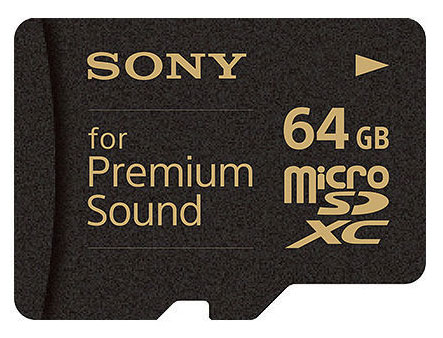
When you were a kid you listened to mp3s but once you grew up your ears began to crave extra bits. And not just bits but bits swaddled in the finest Horta™ brand silicon.
That's why we made a new memory stick, optimized for sound, which we think you will agree caters to the highest audiophile standards.
With the cheaper chips, sensitive ears can detect an unpleasant whine as data moves from storage to the playing device. Our premium chip buffers the data and bathes it in a soothing shimmer of Prion Filtration™, a patented algorithm that mimics protein receptors in the inner ear. This isn't just elimination of unwanted frequencies but a complete remapping of the way we hear.
Speakers, amps and preamps are important but soundwise, they don't mean a thing if you have bad data. As manufacturers, we recognize the importance of data-handling in the sound chain and we think you'll hear the difference. Next time you shop for music, make sure it's on Premium Sound.
hat tip Reneabythe and Techhive


